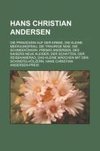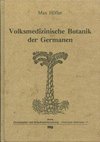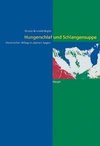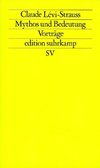
-
 Anglický jazyk
Anglický jazyk
Thai folklore
Autor: Source: Wikipedia
Source: Wikipedia. Pages: 28. Chapters: Doi Nang Non, Himavanta, Jatukham Rammathep, Khun Chang Khun Phaen, Luang Pu Thuat, Nang Kwak, Nariphon, Phi Fa, Phi Ta Khon, Phraya Anuman Rajadhon, Phra Aphai Mani, Phra Mae Thorani, Rocket Festival, Ruesi, Sangsilchai,... Viac o knihe
Na objednávku
14.67 €
bežná cena: 16.30 €
O knihe
Source: Wikipedia. Pages: 28. Chapters: Doi Nang Non, Himavanta, Jatukham Rammathep, Khun Chang Khun Phaen, Luang Pu Thuat, Nang Kwak, Nariphon, Phi Fa, Phi Ta Khon, Phraya Anuman Rajadhon, Phra Aphai Mani, Phra Mae Thorani, Rocket Festival, Ruesi, Sangsilchai, Suvannamaccha, Thens, The Twelve Sisters, Vessantara Jataka, Yantra tattooing. Excerpt: Khun Chang Khun Phaen (Thai: ) is an epic Thai poem which originated from a legend of Thai folklore and is one of the most notable works in Thai literature. Chang and Phaen are the leading male characters, and "Khun" was a junior feudal title given for male commoners. The story is a classic love triangle, ending in high tragedy. Khun Phaen (dashing but poor) and Khun Chang (rich but ugly) compete for the lovely Wanthong from childhood for over fifty years. Their contest involves two wars, several abductions, a suspected revolt, an idyllic sojourn in the forest, two court cases, trial by ordeal, jail, and treachery. Ultimately the king condemns Wanthong to death for failing to choose between the two men. The poem was written down in the early nineteenth century, and a standard printed edition first published in 1917-1918. Like many works with origins in popular entertainment, it is fast-moving and stuffed full with heroism, romance, sex, violence, rude-mechanical comedy, magic, horror, and passages of lyrical beauty. In Thailand, the story is universally known. Children learn passages at school, and the poem is a source of songs, popular sayings, and everyday metaphors. Modern performance of sepha, showing krap.Khun Chang Khun Phaen is an old story in the Thai language. It originated as a folktale some time before the eighteenth century, developed by storytellers who recited episodes for local audiences, and passed on the story by word-of-mouth. By the eighteenth century, such performances had become the most popular form of entertainment in Siam. The storytellers recounted the story in stylized recitation, using two small sticks of wood (krap) to give rhythm and emphasis. The performances typically lasted a full night. The performance of Khun Chang Khun Phaen created a new genre known as sepha. For at least a century, only episodes from this work were known by this term. In the Fourth Reign (1851-1868), parts of the royal chronicles and a few other works were also r
- Vydavateľstvo: Books LLC, Reference Series
- Rok vydania: 2020
- Formát: Paperback
- Rozmer: 246 x 189 mm
- Jazyk: Anglický jazyk
- ISBN: 9781155976921
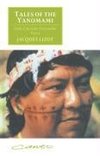
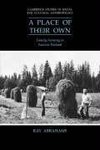
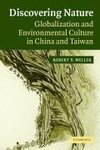
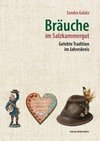
 Nemecký jazyk
Nemecký jazyk 